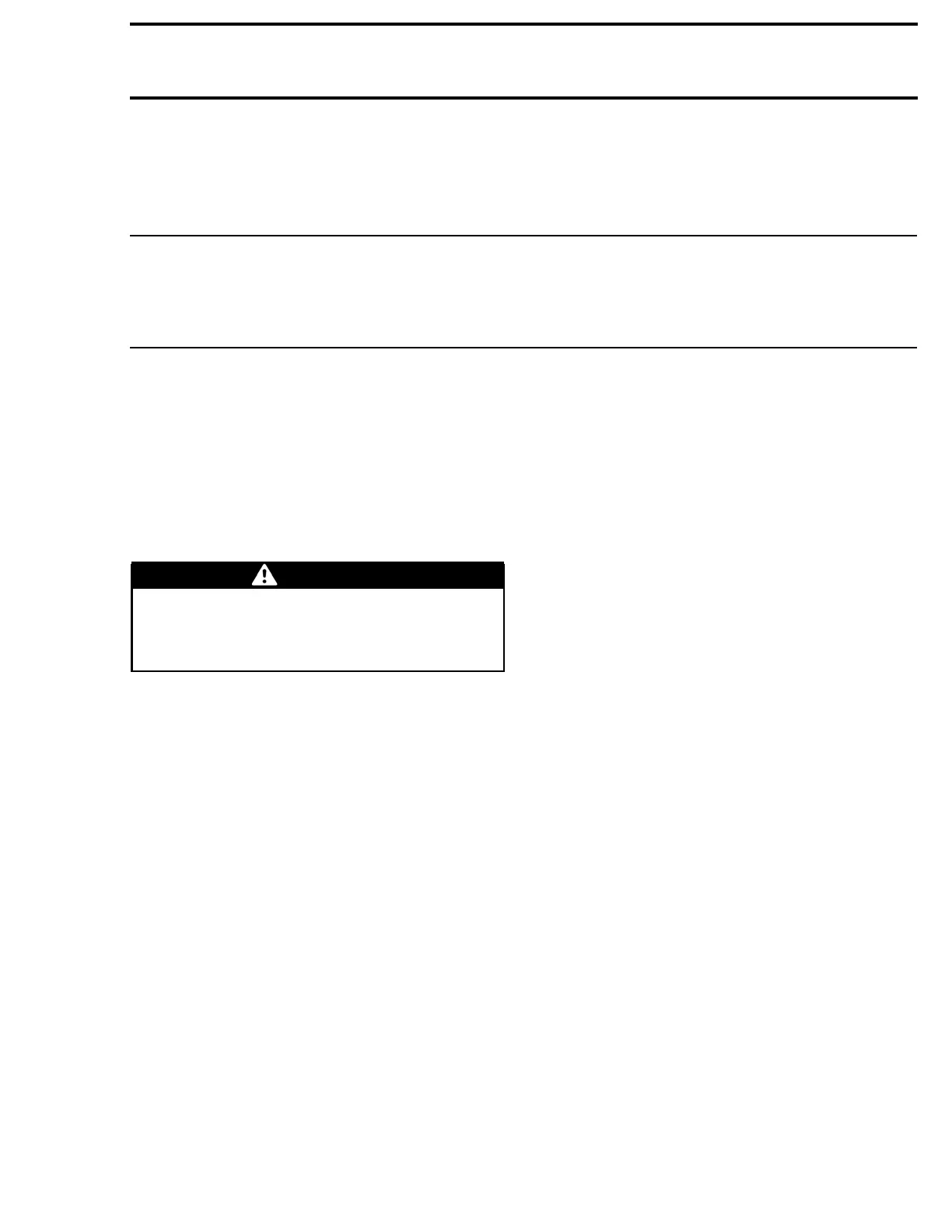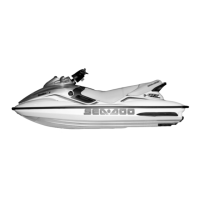Section 05 ELECTRICAL SYSTEM
Subsection 07 (GAUGE)
GAUGE
SERVICE TOOLS
Description Part Number Page
FLUKE 115 MULTIMETER ............................................................ 529 035 868 .................................344, 353
SERVICE PRODUCTS
Description Part Number Page
DIELECTRIC GREASE ................................................................... 293 550 004 .........................333, 350, 354
GENERAL
NOTE: For a complete overview of the vehicle
electrical system, refer to
POWER DISTRIBU-
TION
.
It is highly recommended to disconnect the bat-
tery when replacing any electric or electronic com-
ponent.
WARNING
Always disconnect battery exactly in the
specified order, BLACK (-) cable first, RED (+)
cable last. Always reconnect BLACK (-) cable
last. Do not place tools on battery.
TROUBLESHOOTING
DIAGNOSTIC TIPS
NOTE: It is a good pract
icetocheckforfault
codes using B.U.D.S. s
oftware as a first trou-
bleshooting step. Ref
er to
COMMUNICATION
TOOLS AND B.U.D.S. SOF
TWARE
subsection.
IMPORTANT: When troubleshooting an electrical
system fault, check battery condition, cables and
connections first.
Electrical System Ac
tivation
1. Press the START/STOP button.
NOTE: Pressing the START/STOP button without
the D.E.S.S. key installed on it's post will turn on
electrical power without starting the engine; the
information center will cycle through a self-test
function and shut off its display after a few sec-
onds. However, the electrical system will stay
powered up for approximately three minutes after
the START button was depressed.
2. Install safety lanyard (D.E.S.S. key) to activate
ECM and Information Center when testing pro-
cedures require the device or system to be sup-
plied with electrical power.
IMPORTANT: When B.U.D.S. is being used,
the ECM will stop communicating with B.U.D.S.
approximately 3 minutes after the START but-
ton was pressed. Therefore, operations with
B.U.D.S. will be interrupted. To re-initiate the
communication, briefly press the START button.
Do not hold the START button to avoid engine
starting.
Circuit Testing
Check the related-circuit fuse condition with a
fuse tester or ohmmeter (a visual inspection
could lead to a wrong conclusion).
Electrical Connection Inspection
When replacing an electric or electronic compo-
nent, always check electrical connections. Make
sure they are tight, make good contact, and are
corrosion-free. Dirty, loose or corroded contacts
are poor conductors and are often the source of a
system or component malfunction.
Pay particular attention to ensure that pins are not
bent or pushed out of their connectors.
Ensure all wire terminals are properly crimped on
wires, and connector housings are properly fas-
tened.
Check for signs of moisture, corrosion or dullness.
Clean pins properly and coat them with
DIELEC-
TRIC GREASE (P/N 293 550 004)
or other appropriate
lubricant when reassembling them, except if oth-
erwise specified such as for the ECM connectors.
Pay attention to ground wires.
smr2009-036 333

